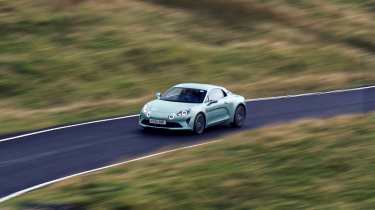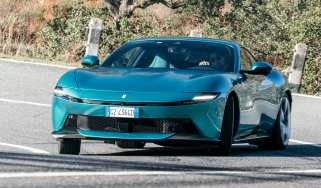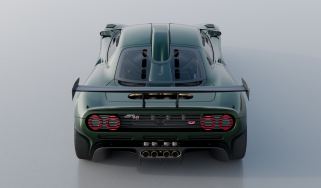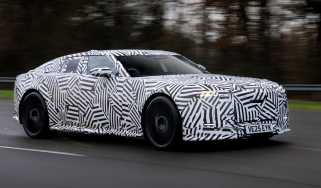Alpine A110 – MPG and running costs
Low weight pays dividends at the pumps and means less wear and tear on consumables
Given its impressive performance potential the Alpine actually delivers surprising frugality, and that’s largely down to its lack of mass. According to its own claims the A110 emits just 152-158g/km of CO2 and will return 33-35mpg on the updated WLTP cycle. This is a figure that’s easily achievable when driving gently, even creeping up to 37mpg on a steady throttle, but drive the Alpine as it wants to be driven and the official figures are pretty much bang-on. Ironically, the hardcore A110 R could prove more efficient than an aero-equipped S, given that it's lighter and generates less drag.
Another benefit of the Alpine’s low weight is that it’ll be kinder to consumables, such as tyres and brakes, which is especially good news if you plan on taking your A110 on track. The rubber is a reasonable size, too, with 205/40 R18s at the front and 235/40 R18s at the rear on most models (with a 17-inch wheel and tyre combo also available) – the S comes with 215mm section front and 245mm section rear tyres. Of course, if you use the car on track you'll accelerate tyre and brake wear, but nowhere near to the extent of something heavier and more powerful. Just be sure to budget for pricier Michelin Cup 2 rubber if you have an A110 R...
With low wear rates comes cheaper servicing costs, with only routine fluid changes likely for most scheduled maintenance. And because most of the oily bits are shared with run-of-the-mill Renaults you can expect prices to be reasonable – although currently only a select handful of dealers are authorised to work on the A110. Finally, strong demand and limited supply means you can expect not to lose too much financially when it comes to depreciation.




